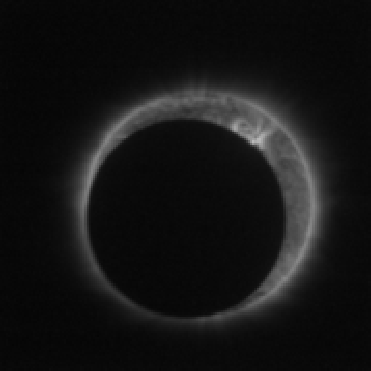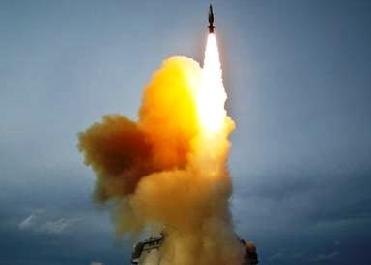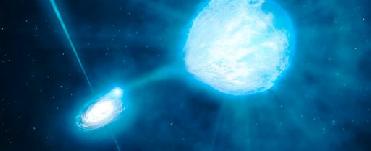
The annular solar eclipse as observed by Proba-2. An ESA Photo
PARIS (BNS): European Space Agency's Proba-2 satellite has transmitted its first ever images of the Sun by capturing the annular solar eclipse on 15 January, this year.
The spacecraft, launched on November 2, 2009, has been operating effectively and all 17 instruments on board have been switched on, ESA announced on Tuesday.
The solar eclipse was captured by the satellite's Sun-imaging SWAP (Sun Watcher using APS detectors and imaging processing) instrument.
�The majority of technology demonstrators on Proba-2 have now been activated and I am happy to see that the first data we receive are very good. Proba-2 has shown that it can demonstrate technology in orbit,� ESA�s Director of Technical and Quality Management, Michel Courtois said.
The 130-kg Proba-2 (Project for On-Board Autonomy) � one of the smallest satellites launched by ESA � has been designed to study space weather.
It combines solar observation with plasma content monitoring of the space around it, revealing how the Sun�s activity can influence Earth�s ionosphere, ESA said.
Two instruments have been fitted in the satellite for this purpose � the Dual Segmented Langmuir Probe (DSLP) and the Thermal Plasma Measurement Unit (TPMU) to probe in detail the satellite�s nearby surroundings.
�Our aim is to identify observed ionospheric irregularities with possible solar-terrestrial connections due to sudden space weather events.
�Preliminary results are very promising,� said �tep�n �tver�k of the Czech Institute of Atmospheric Physics, part of the DSLP team.
 Previous Article
Previous Article Next Article
Next Article












The Indian Air Force, in its flight trials evaluation report submitted before the Defence Ministry l..
view articleAn insight into the Medium Multi-Role Combat Aircraft competition...
view articleSky enthusiasts can now spot the International Space Station (ISS) commanded by Indian-American astr..
view article